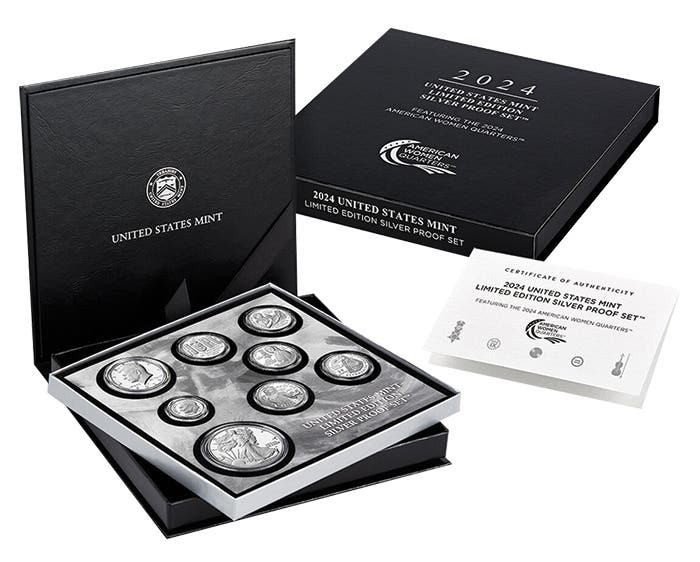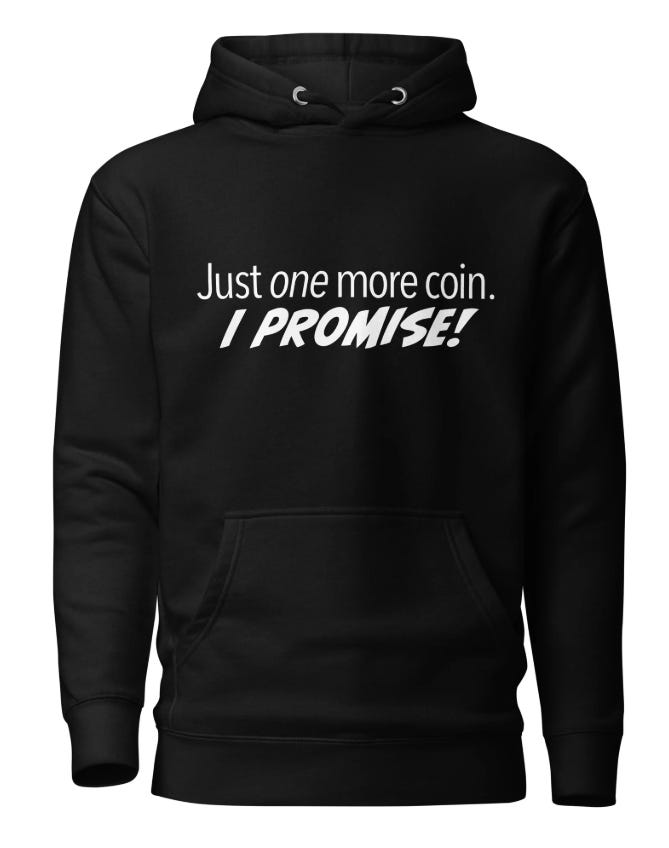Why Not Remove Nominal Value From SAE?
Is there a catalog in which all the medals, tokens, and coins of the U.S. Bicentennial are published? A Congressional grant to prepare such a catalog was offered, however no…
Is there a catalog in which all the medals, tokens, and coins of the U.S. Bicentennial are published?
A Congressional grant to prepare such a catalog was offered, however no one took them up on it. Considering the Bicentennial is now a distant memory no one appears to be willing to take on such a daunting project.
What is a fair mark up above the spot price for a Silver American Eagle?
According to the JM Bullion web site, “Uncirculated American Silver Eagles typically carry a premium of a few dollars over the spot silver price. American Silver Eagle proofs, however, can carry premiums that are three times the spot price. The premium on a proof coin will depend on the year, scarcity and condition. Proof coins also can have fluctuating premiums based on collector demand.”
I don’t collect coins; I invest in them. Am I better off buying silver American Eagles (SAEs) or silver rounds?
You are more likely to pay a higher premium for a SAE than for a generic silver round, however you also have to consider the return on the ounce of silver in its “raw” state (as a silver round) versus the return on the same ounce of silver in SAE format as a coin when you resell. Should the spot price of silver decline the value of the SAE might not decline at the same rate as will that of the silver round.
The dollar value on a silver American Eagle is meaningless. No one is going to spend these coins for that value. Why not remove this nominal value from the coin?
The failed American Arts Medal series illustrates this point well. The gold medals were struck by the U.S. Mint and valued for their intrinsic content. The program wasn’t well thought out, with potential buyers going through what I will call a torture test by the mint, however even in the secondary market the medals were never popular simply because they were medals, not coins. In 1984, J. Aaron and Company scrapped 10,000 Mark Twain gold medals due to a lack of a premium value. The gold and silver American Eagle program took off in part due to it being easier to purchase them from the mint, but the secondary market likes them because they are coins, not medals.
Are there any silver American Eagle varieties I should be aware of?
There are two significant varieties of the 2008-W SAE. The 2008-W Reverse of 2007 variety is an inadvertent muling error. A slight alteration had been made to the reverse design in time for 2008, with an earlier die being used by accident. Diagnostics are the differences in the “U” in “United States” and the dash separating “Silver” and “One.”
Was the death penalty ever a legal possibility for counterfeiting U.S. coins?
Section 19 of the Coinage Act of 1792 goes into a long winded statement covering coinage debasement, improper weights, embezzlement, and more that ends with the statement, “every such officer or person [at the mint] who shall commit any or either of the said offenses, shall be deemed guilty of felony, and shall suffer death.” Today’s counterfeiting laws are less harsh. They are listed in 18 U.S. Code 25: Counterfeiting and Forgery.









